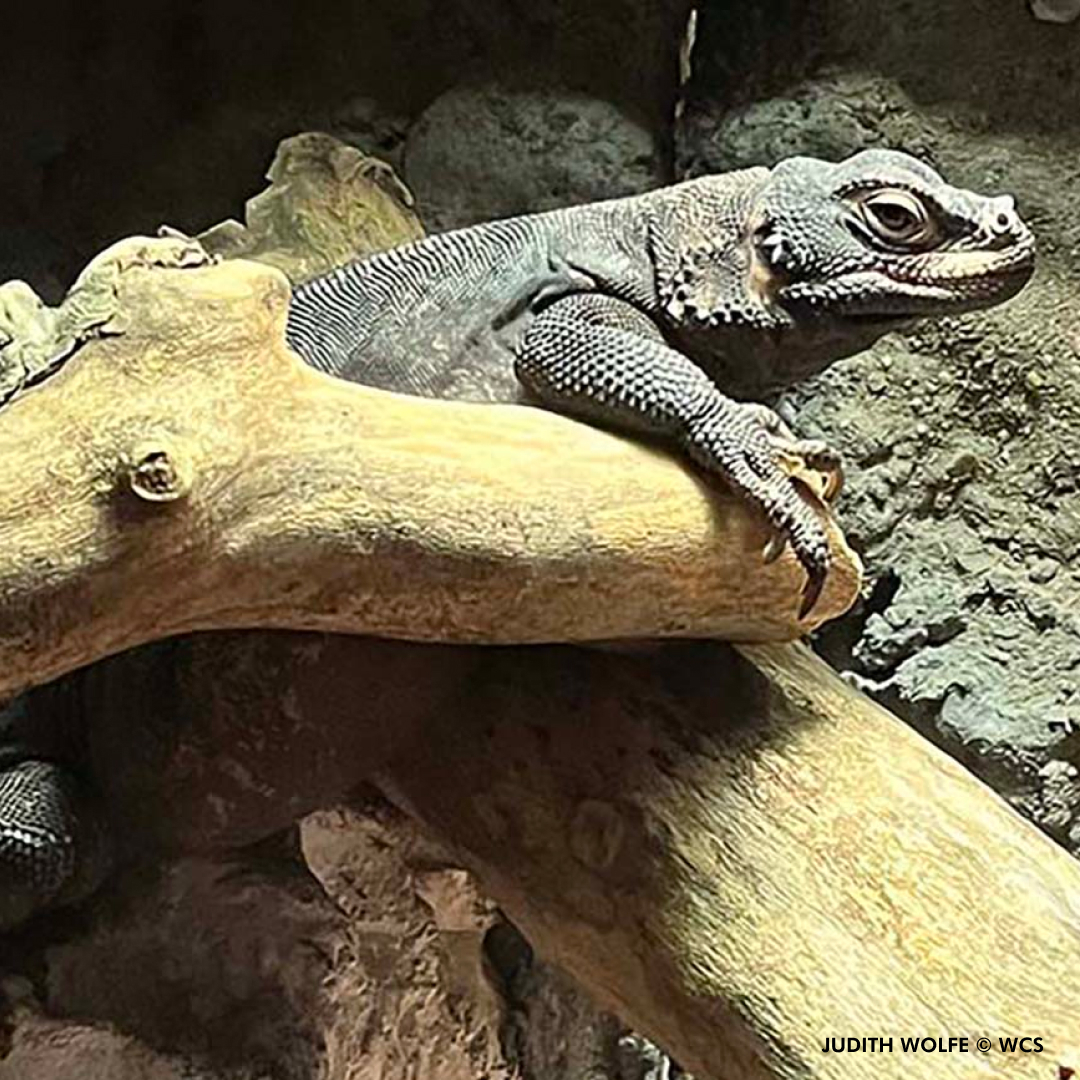Summary:
1. Chuckwallas are desert-dwelling lizards found in the southwestern United States.
2. They are known for their ability to camouflage and blend into their rocky habitat.
3. Chuckwallas are herbivores and have unique feeding habits.
4. These lizards have an interesting defense mechanism known as caudal autonomy.
5. Conservation efforts are important to protect the natural habitat of chuckwallas.
Have you seen these lizards lounging in the Tropic Zone? Desert-dwelling chuckwallas are found in the arid, rocky hills of the southwestern United States. They can often be seen basking in the sun in the late morning and early afternoon. Let’s explore the unique and fascinating aspects of these amazing creatures that make them a delight to observe in the Tropic Zone of the zoo.
Chuckwallas, scientifically known as Sauromalus, are small to medium-sized lizards adapted to life in the desert. Thanks to their rock-like appearance, they are specialists in blending into their surroundings. Their skin is textured to match the rocky terrain, providing excellent camouflage against potential predators. It’s not uncommon for visitors to walk right past them, unaware of their presence.
When it comes to feeding, chuckwallas are herbivores. They have a particular taste for various desert plants’ delectable leaves, fruits, and flowers. These lizards possess impressive jaw strength, allowing them to bite into tough vegetation that other reptiles might struggle with. As they munch away on desert delicacies, they play a vital role in the ecosystem by dispersing seeds through their droppings, assisting in plant reproduction and diversity.
One of the most intriguing features of chuckwallas is their defense mechanism, called caudal autonomy. When threatened, these lizards have the incredible ability to detach their tail from their body. The severed tail wiggles and distracts the predator while the chuckwalla slips away to safety. Over time, the tail regenerates, although not as perfectly as the original. This unique adaptation showcases just how fascinating and resilient these creatures are.
Conservation efforts play a crucial role in the survival of chuckwallas in their natural habitat. Human activities continually impact the arid and rocky hills they call home. Climate change, habitat destruction, and invasive species threaten their population significantly. We must protect these environments and ensure that chuckwallas and countless other species have a future in the wild.
In conclusion, chuckwallas are remarkable lizards that have captured the attention of zoo visitors in the Tropic Zone. Their ability to blend into their rocky environment, unique feeding habits, and captivating defense mechanisms make them a true spectacle. We can protect these incredible creatures and their fragile habitats through conservation efforts, ensuring that future generations can also appreciate their beauty and significance in the natural world. So, next time you visit the zoo, watch for these lounging lizards in the Tropic Zone!
*****
Source Description
Have you seen these lizards lounging in the Tropic Zone? Desert-dwelling chuckwallas are found in the arid, rocky hills of the southwestern United States. They can often be seen basking in the sun in the late morning and early afternoon.


